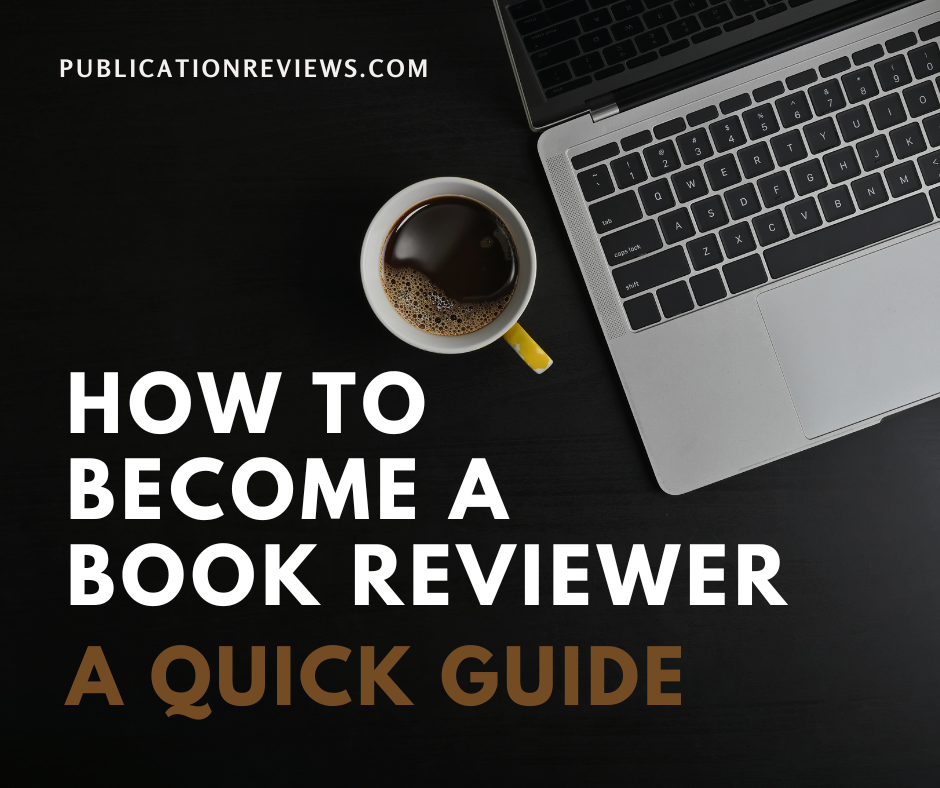While you might think elevator pitches are only for high-tech companies, job seekers, and Hollywood screenwriters, the ability to describe your work briefly in a short period is a skill that every writer should learn.
The elevator pitch is a powerful marketing technique that can entice readers, connect with potential marketing partners, and secure a brief audience with an agent or editor. If you’ve written an effective elevator pitch, answering the question, “So what’s your book about?” will be much easier.
Here are five simple techniques for creating an unforgettable elevator pitch for your book:
1. What is the title of your book?
In no more than 50 words, write a summary of your book. Make no attempt to be creative or humorous; instead, stick to the facts or the essentials.
If it is a memoir or fiction, try to convey the plot, what happens, and the essence of the story. Assume you’re writing nonfiction; try to convey what the reader will learn and your main point.
Readers want to grasp the world or philosophical mindset in which they will be immersed. They will spend a lot of time with you in your book, so be prepared.
2. What is the scene?
If it’s fiction or memoir, describe the world of the story—the time, period, universe, or setting. Even if you started your memoir in the first person, switch to the third person now. While writing about oneself in this way may seem awkward, it is standard practice for a memoir. While there may be times when you want to write in the first person (for example, while speaking to someone in person), writing in the third person is the norm.
Consider the cultural and philosophical background of the topic or problem you are assisting your reader in resolving if you are writing nonfiction. Think about framing your subject.
3. What is the source of your reader’s worry?
Readers read to obtain precise information. They aren’t drawn to books at random; they know what they want. They want to be educated, entertained, inspired, or challenged. When describing your book, make it clear why readers should be interested.
Include a paragraph or two describing how they might feel after reading it or how it affected them, if it is fiction or memoir. Consider comparing previous works in the genre or presenting your book as a mash-up of two previously published works.
Describe what they will learn from your nonfiction book. What is the main point to remember? What is the goal?
4. Keep it brief and to the point.
To bring your description to life, add texture, details, and rhythm. Allow your unique voice to shine through so that readers can get a sense of your personality, and allow your elevator speech to “breathe” so that they can get a true sense of what you’re offering. Read your description out loud to get a sense of how it sounds, then edit until it is perfect.
5. Include Relevant Honors
Do you have any published works? Are you a recognized expert in your field? Was your latest book a New York Times best-seller? Is this the next book in a series? Have you ever gotten a killer endorsement from a celebrity? Include this type of acknowledgment.
If you don’t have anything incredible or relevant to add, don’t worry about it. The book itself is essential for readers.



Pingback: How to Plan and Execute a Book Launch Campaign